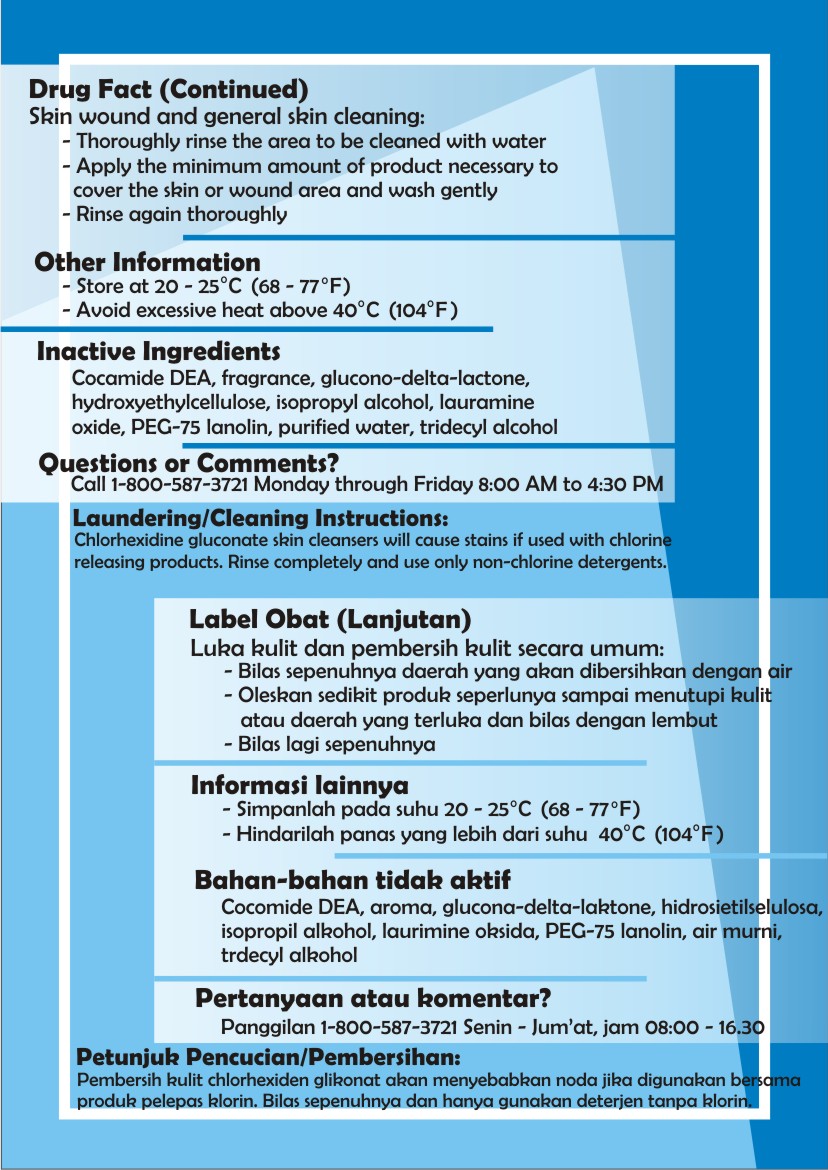Exploring Pharmacy Students’ Techniques in Translating Pharmaceutical Texts from English into Bahasa Indonesia
DOI:
https://doi.org/10.21070/jees.v5i1.116Keywords:
translation, pharmaceutical text, pharmacyAbstract
Translating an L1 (source text) into a target language would be a daunting task and time-consuming work for students who are non-native speakers. It might be more challenging when the L1 text is a discipline specific text. Many words and specific terms are difficult to translate, and often unintended meanings emerge during this translation process. Although there has been considerable research on the translation studies, there has been still little study on how translators cope with the challenges. To fill this void, this case study is aimed to describe techniques employed by students majoring pharmacy in translating direction for use texts from English into Bahasa Indonesia. Adopting Vinay’s and Darbelnet’s (1996) translation methodology, this research is aimed to describe the translation process that students already undertook in order to produce texts that appropriately work in a particular social context. There are four drug brochures taken as samples of analysis. These texts are students’ assignment for the topic of translation. This is a group work and part of the whole assessment. The study provides detailed and specific examples of how students tackle the challenges of translating discipline specific texts into equivalent languages that are socio-culturally and linguistically acceptable.
HIGHLIGHTS:
- Translating a text is not simply to transfer the meaning of source text into the target text, but it requires the translator to have sufficient discipline specific knowledge.
- The challenges and problems faced by translators would be different from one another since each discipline specific text requires different strategies.
Downloads
References
Akil, M. (2011). The quality of Indonesian—English translation by English Department students of higher learning institution in Makassar. The quality of Indonesian-English translation by English Department students of higher learning institution in Makassar. Linguistika, 18:1–14.
Delzendehrooy, M. and Karimnia, A. (2013). A Comparative Study of Modulation in English Translations of Khayyam’s Quatrains. Procedia - Social and Behavioral Sciences, 70:28–40.
Ercikan, K. (1998). Translation effects in international assessments. International Journal of Educational Research, 29(6):543–553.
Eser, O. and Dikilitaş, K. (2017). Learners’ perceptions of translation in English as the Medium of Instruction (EMI) at University Level. Journal of Education and Practice, 8(8):124–129.
Fawcett, P. (2003). The manipulation of language and culture in film translation. In Calzada-Perez and M, editors, Apropos of Ideology, pages Routledge–Routledge.
Hale, S. and Campbell, S. (2002). The Interaction between Text Difficulty and Translation Accuracy.
Kashgary, A. D. (2011). The paradox of translating the untranslatable: Equivalence vs. non-equivalence in translating from Arabic into English. Journal of King Saud University - Languages and Translation, 23(1):47–57.
Lee and Fradd, O. (1998). Science for all, including students from non-Englishlanguage backgrounds. Educational Researcher, 27(4):12–21.
Lemke, J. L. (1990). Talking Science: Language, Learning, and Values. Ablex Publishing Corporation, 355 Chestnut Street, Norwood, NJ 07648.
Man, D., Xu, Y., Chau, M. H., O’Toole, J. M., and Shunmugam, K. (2020). Assessment feedback in examiner reports on master’s dissertations in translation studies. Studies in Educational Evaluation, 64:100823–100823.
Murtisari, E. T. (2015). Indonesian and translation: national identity in the global border contests. Indonesian Studies Journal, pages 1–11.
Pangestu, M. (2014). Penerjemahan label produk makanan, obat-obatan dan kosmetik. Wanastra: Bahasa Dan Sastra, 6(2), 48–57.
Reiss, K. and Vermeer, H. J. (1984). Groundwork for a general theory of translation, volume 101. Niemeyer, Tubingen.
Vinay, J. P. and Darbelnet, J. (1995). Comparative stylistics of French and English: A methodology for translation, volume 11. John Benjamins Publishing.

Published
How to Cite
Issue
Section
License
Copyright (c) 2020 Ahmad Kailani, Dina Rafidiyah

This work is licensed under a Creative Commons Attribution 4.0 International License.







